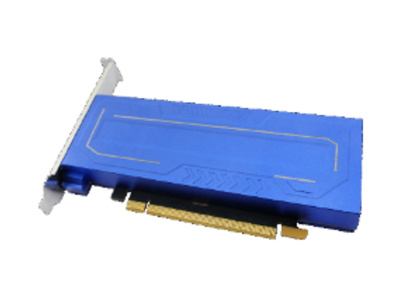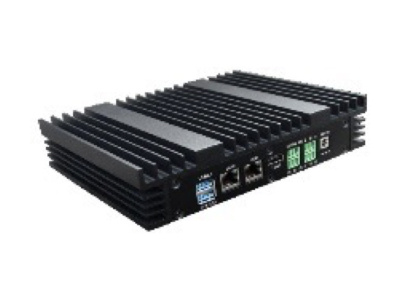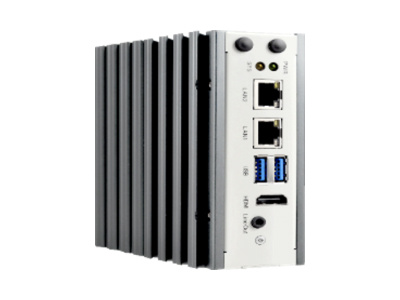Introduction
- Objective
The goal of this task is to invite developers to successfully port the LVGL (Light and Versatile Graphics Library) to the MilkV Duo 256MB development board, and to develop a simple game on this basis to demonstrate the basic capabilities of the MilkV Duo in graphic processing and game operation.
- Detailed Task Description
1. LVGL Porting
- Developers are required to adapt the LVGL to the hardware platform of the MilkV Duo 256MB version.
- Ensure that the LVGL can run stably on MilkV Duo, supporting basic graphic displays and user interface elements (such as buttons, sliders, lists, etc.).
2. Casual Game Development
- Develop a simple 2D casual game on the basis of the LVGL, such as Snake, 2048, Tetris, or a similar style of casual game.
- The game should have basic game logic, including but not limited to game start, pause, end, and scoring systems.
- The game should provide a good user interaction experience, including clear game instructions and responsive controls.
- Performance Requirements
- The ported LVGL should ensure smooth graphic rendering on the MilkV Duo 256MB, with no noticeable lag.
- The frame rate of the game should be maintained at at least 30 FPS to provide a smooth gaming experience.
- The game should run stably on the MilkV Duo's hardware without memory overflow or processor overload.
- Technical Specifications
- Memory Usage: Optimize memory allocation during game development to ensure it does not exceed the 256MB memory limit.
- Processor Performance: The CPU usage should be controlled within 70% during game operation to avoid affecting other system processes.
- Acceptance Criteria
- The LVGL is successfully ported to the MilkV Duo 256MB and passes basic graphic display and user interface tests.
- The developed game runs stably on the MilkV Duo, meeting the frame rate requirement of at least 30 FPS.
- The submitted game should include complete source code, game assets, and necessary documentation for subsequent maintenance and optimization.
- The game should pass at least 100 functional tests to ensure there are no significant bugs.
- After running continuously for 1 hour, the system should maintain stable detection accuracy, with CPU usage not exceeding 70% and memory usage not exceeding 200MB.
Developers are requested to follow the development specifications of the MilkV Duo during the development process and ensure the quality and maintainability of the code. We look forward to seeing your creativity and the full utilization of the hardware potential of the MilkV Duo.


















































